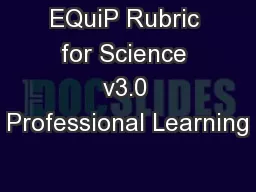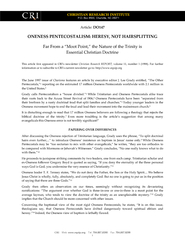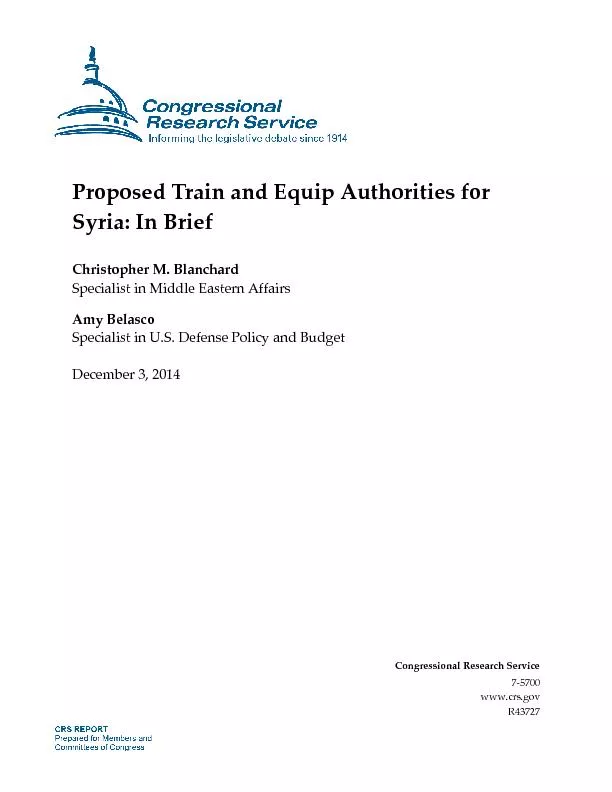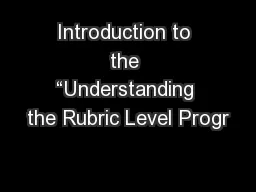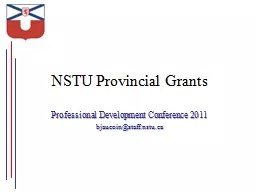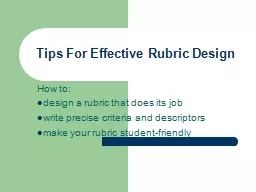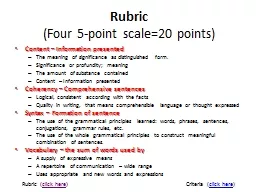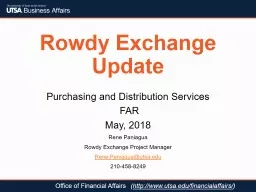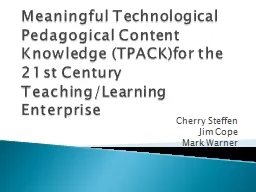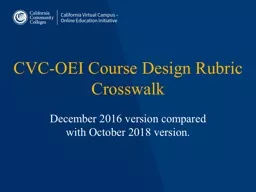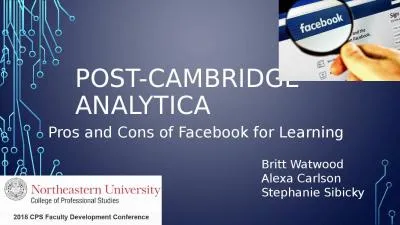PPT-EQuiP Rubric for Science v3.0 Professional Learning
Author : alexa-scheidler | Published Date : 2018-11-03
Module 1 Overview of the Framework for K12 Science Education What does threedimensional learning look like How do practices help students make sense of phenomena
Presentation Embed Code
Download Presentation
Download Presentation The PPT/PDF document "EQuiP Rubric for Science v3.0 Profession..." is the property of its rightful owner. Permission is granted to download and print the materials on this website for personal, non-commercial use only, and to display it on your personal computer provided you do not modify the materials and that you retain all copyright notices contained in the materials. By downloading content from our website, you accept the terms of this agreement.
EQuiP Rubric for Science v3.0 Professional Learning: Transcript
Download Rules Of Document
"EQuiP Rubric for Science v3.0 Professional Learning"The content belongs to its owner. You may download and print it for personal use, without modification, and keep all copyright notices. By downloading, you agree to these terms.
Related Documents

